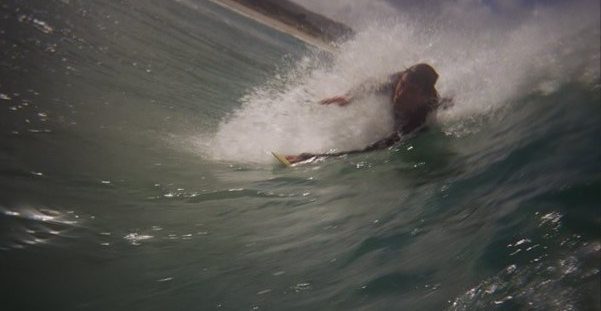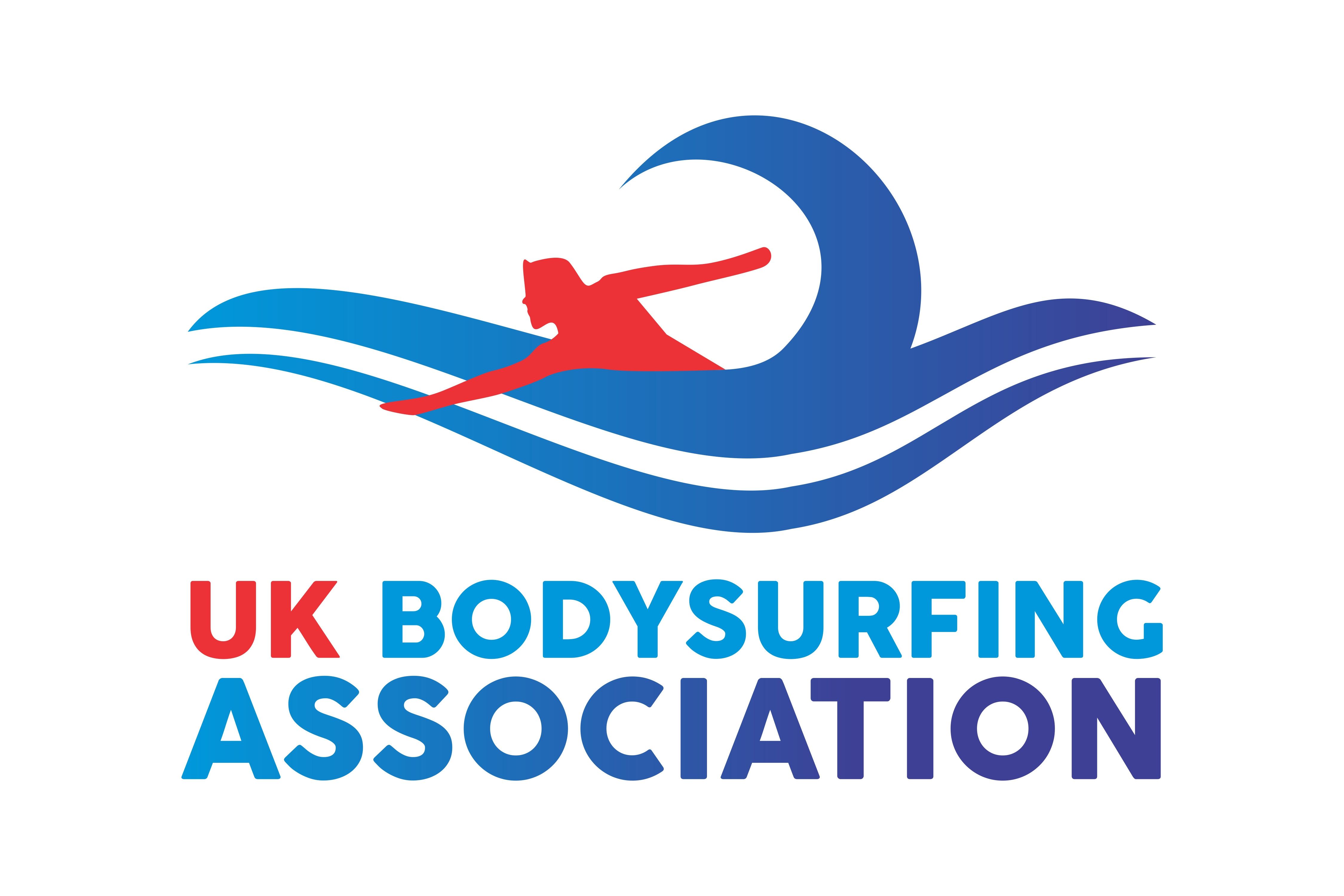Essentials
The main requirement for bodysurfing is to be a proficient swimmer. The rest comes down to gaining the correct skills, and years of practice! As one improves larger and larger waves can be attempted, and techniques can be improved.
Equipment
No special equipment is needed to have a go at bodysurfing, but if you do take it up as a sport it is a very good idea to get yourself a good fitting wetsuit, perhaps a summer and a winter version. As you improve you will want to get yourself a hood, gloves and slippers/boots, perhaps also a handplane. A leash and bodysurfing flippers will be required if you go out to where the waves are breaking in to sea.
A more recent addition to the sport of bodysurfing are handplanes. These devices, made from a variety of materials such as wood or plastic, are then held in ones hand. What they do is increase the total planing area, allowing more of ones body to be held out the water, and thus achieving a longer ride through the waves. There are a number of styles available on the market (see shopping), but note they may not be allowable in some competitions.
Check the Forecast
Look at the latest forecast charts for swell, wind, pressure and swell period, then visit your chosen beach for our up-to-date traffic light colour coded bodysurfing specific forecast. All of this is accessed very easily via the two interactive maps, Atlantic or Pacific. Tide times are included where possible. If available, also take a look at a surf cam before setting off, this allowing you to gauge the size of the waves before you set out.



Recent Comments